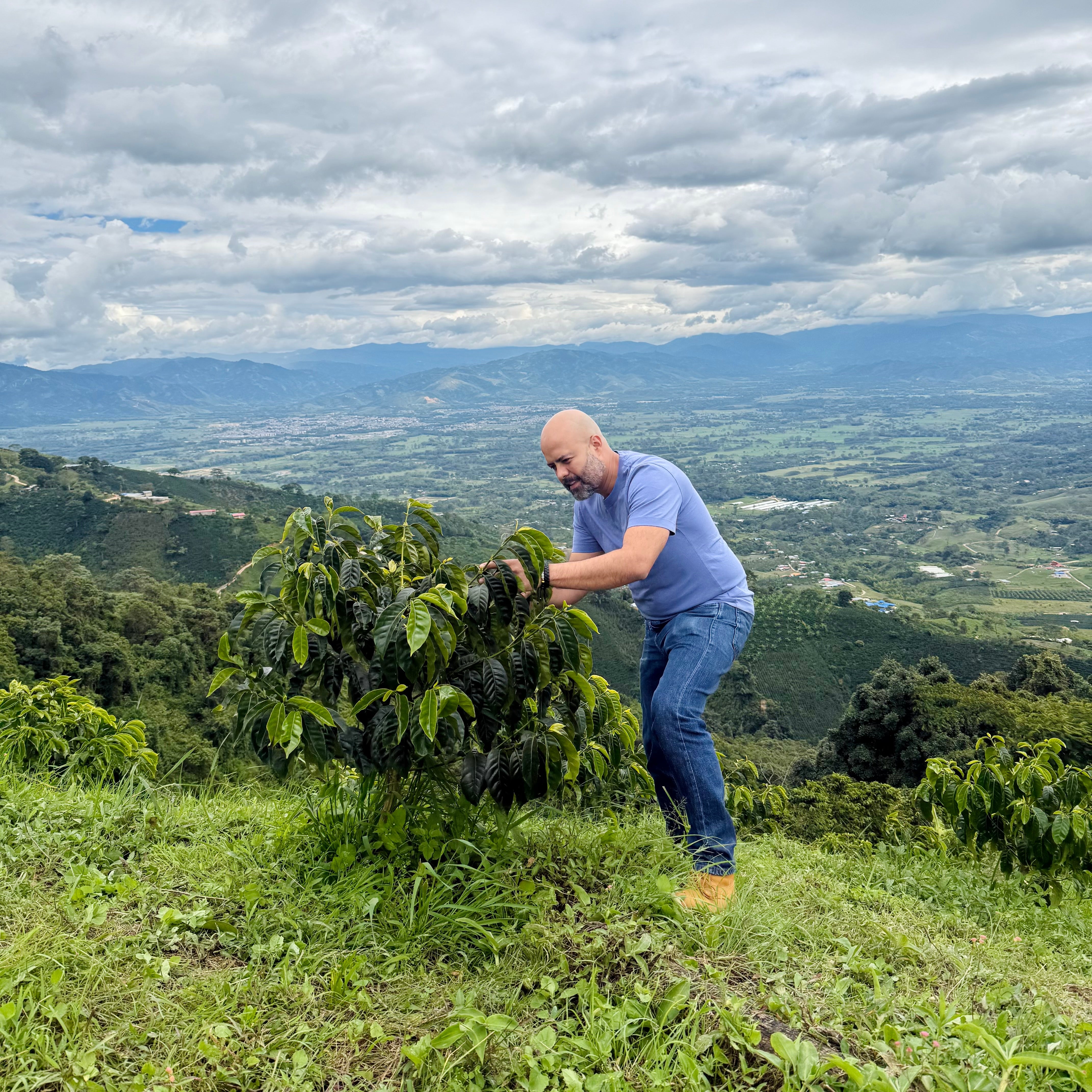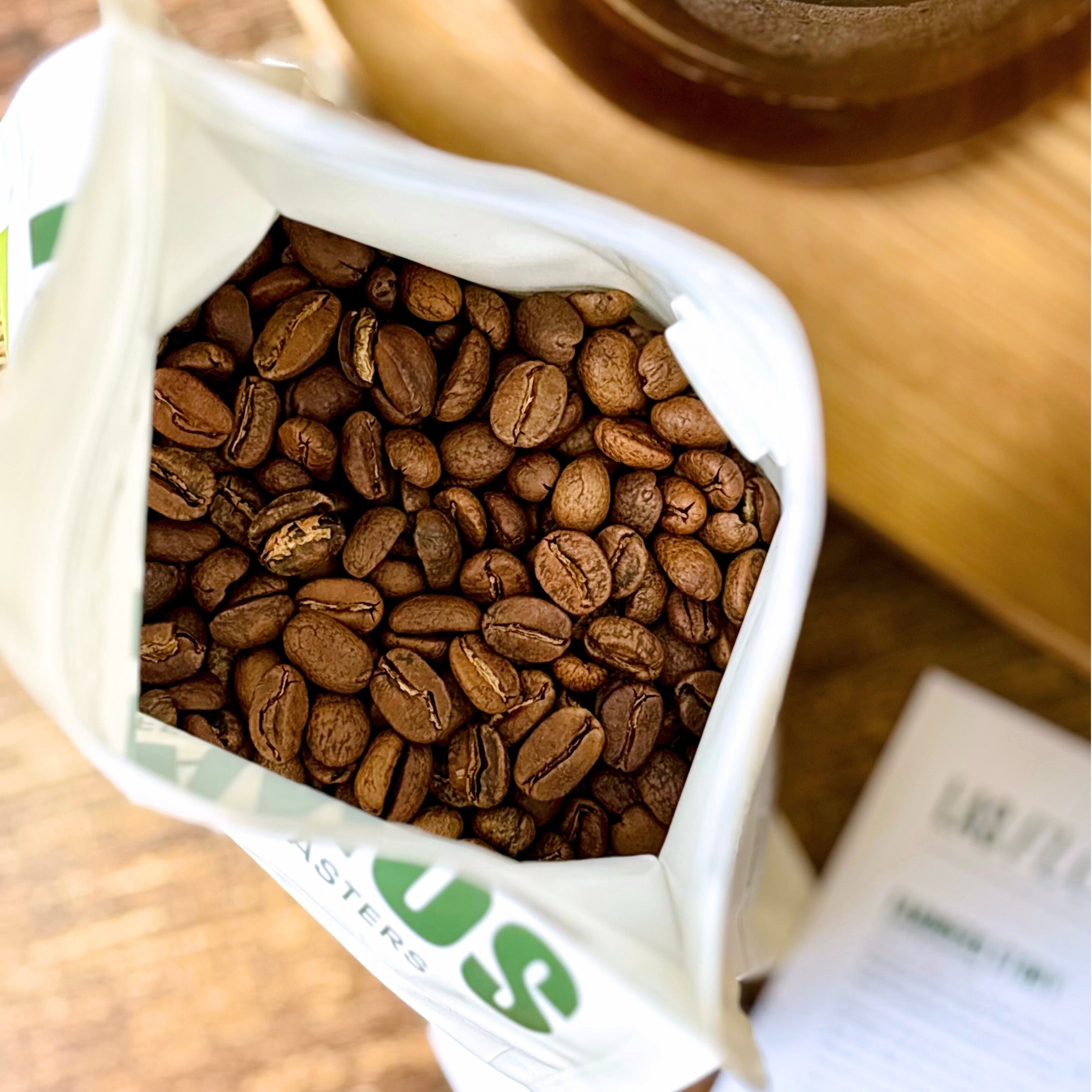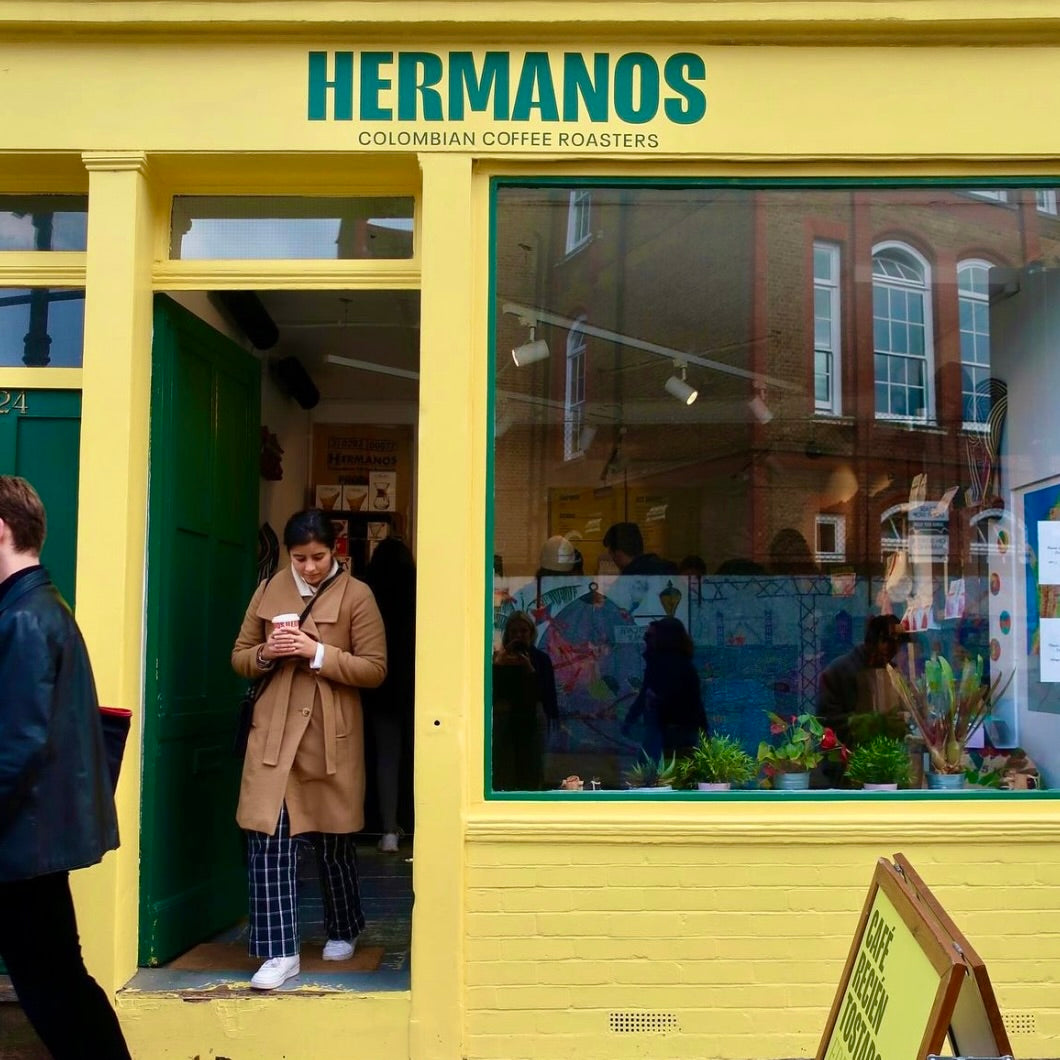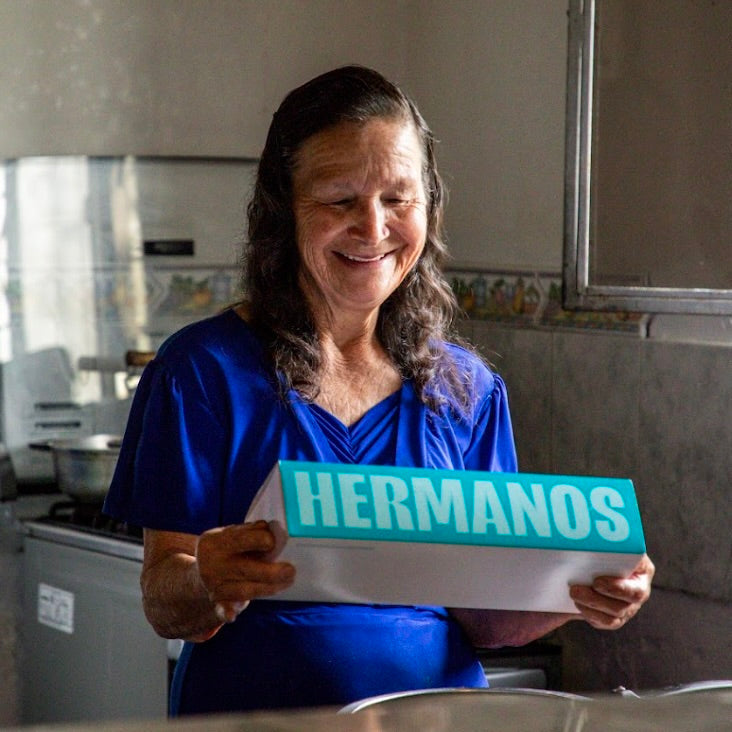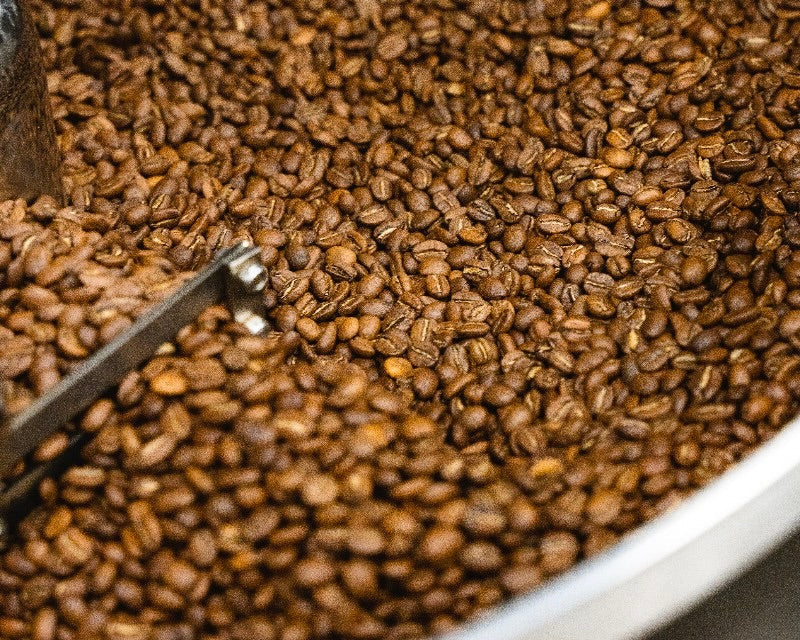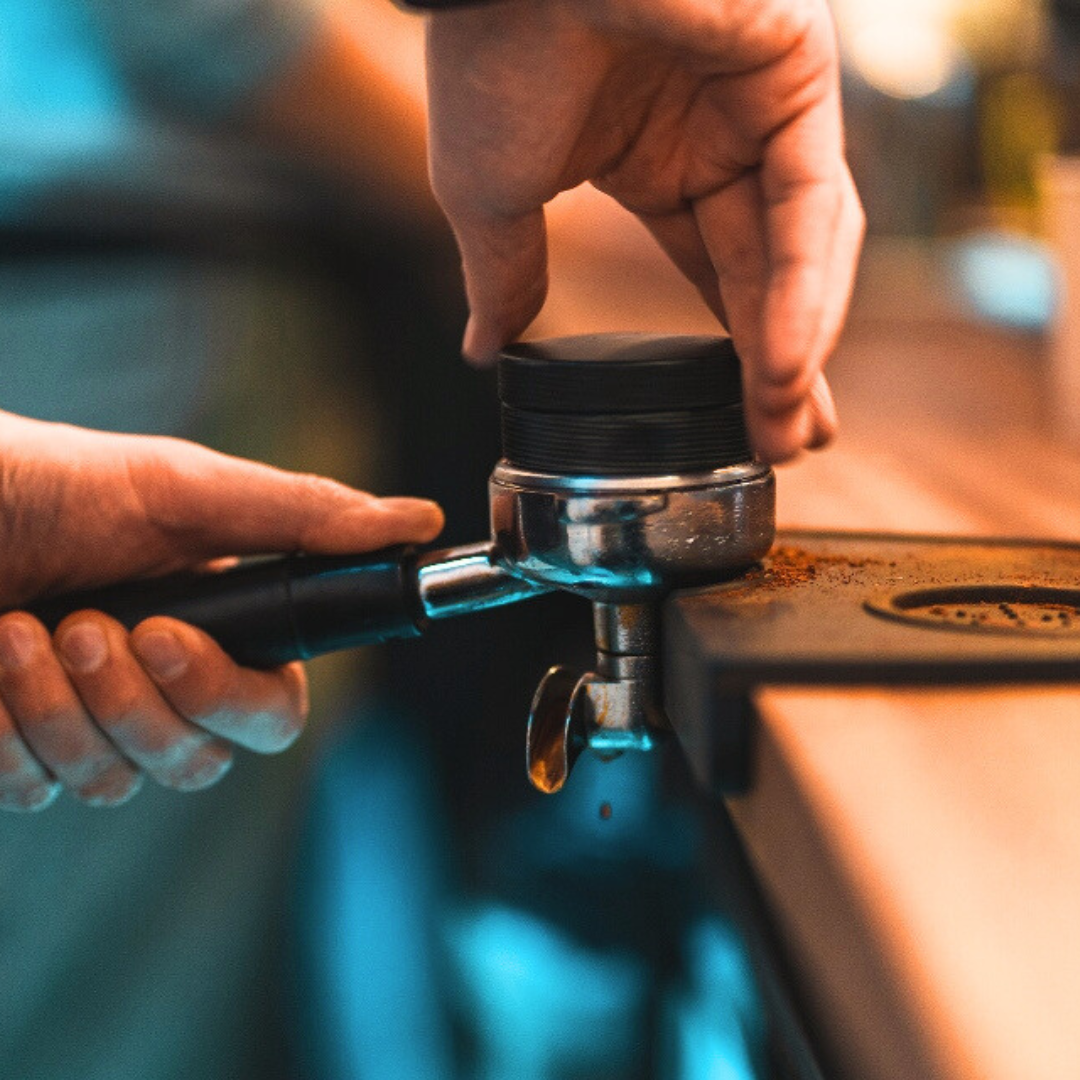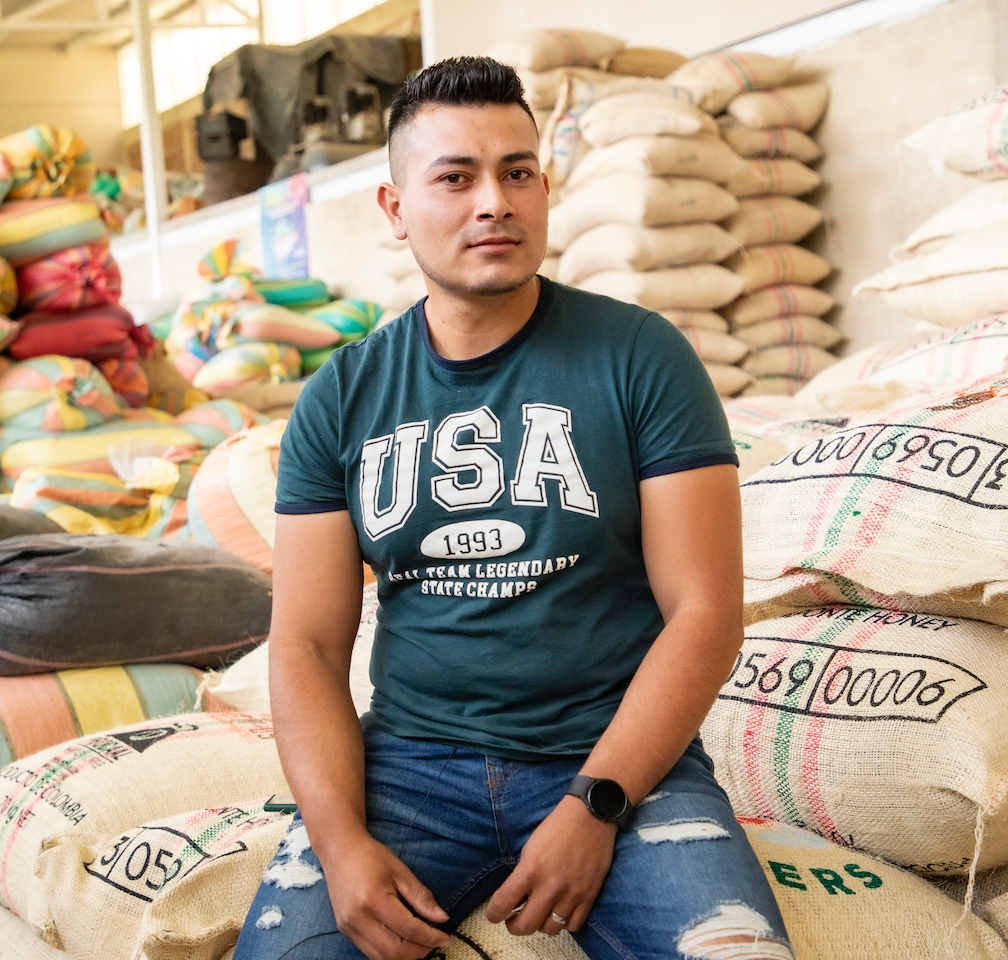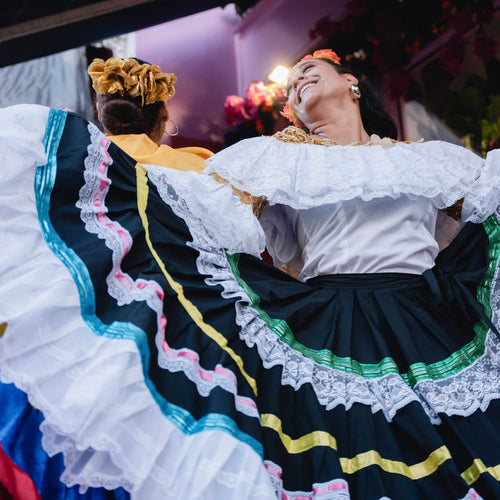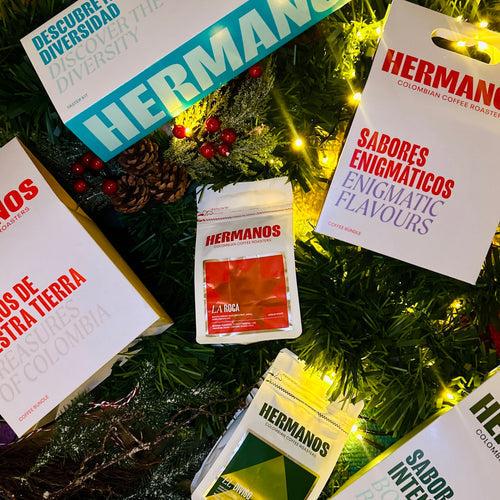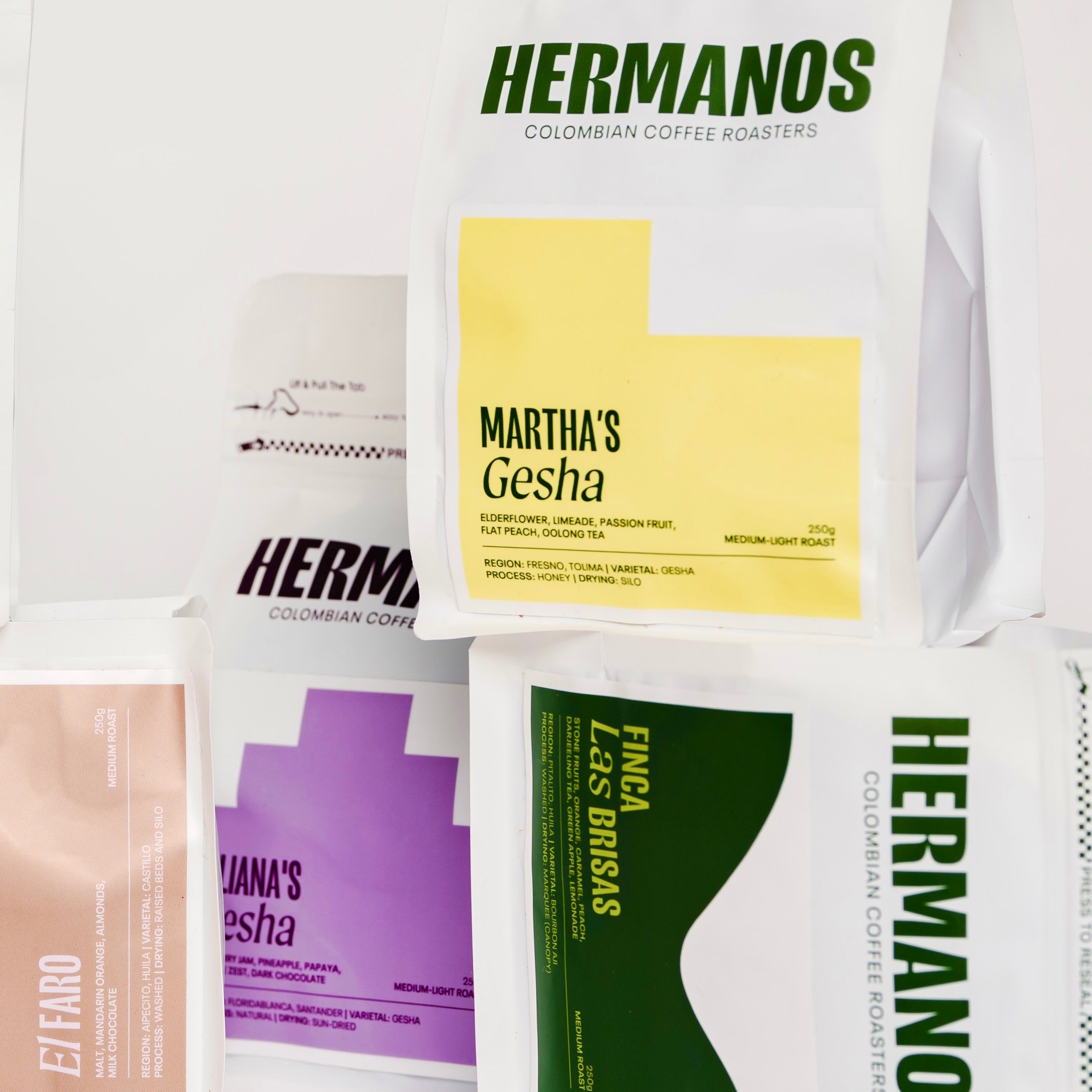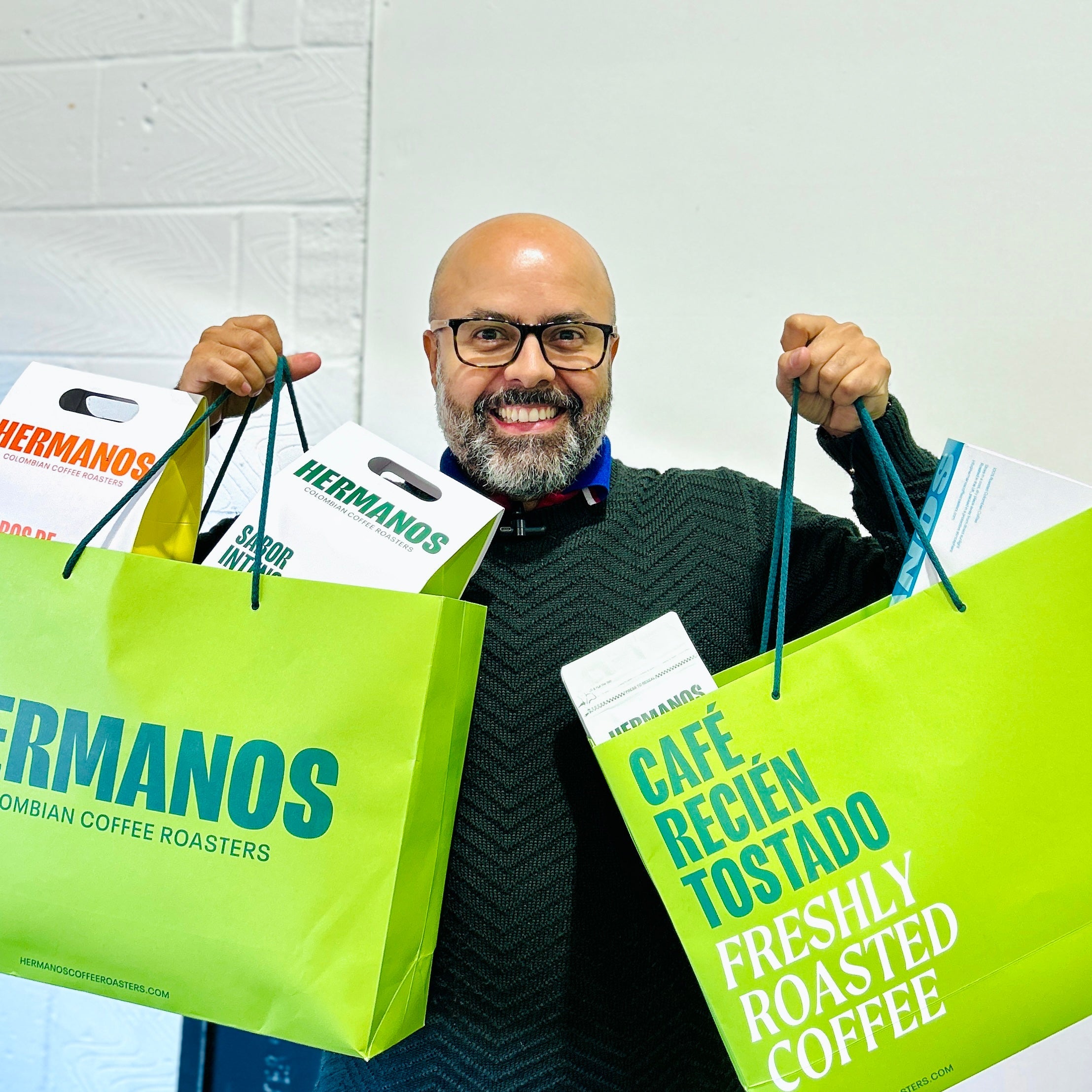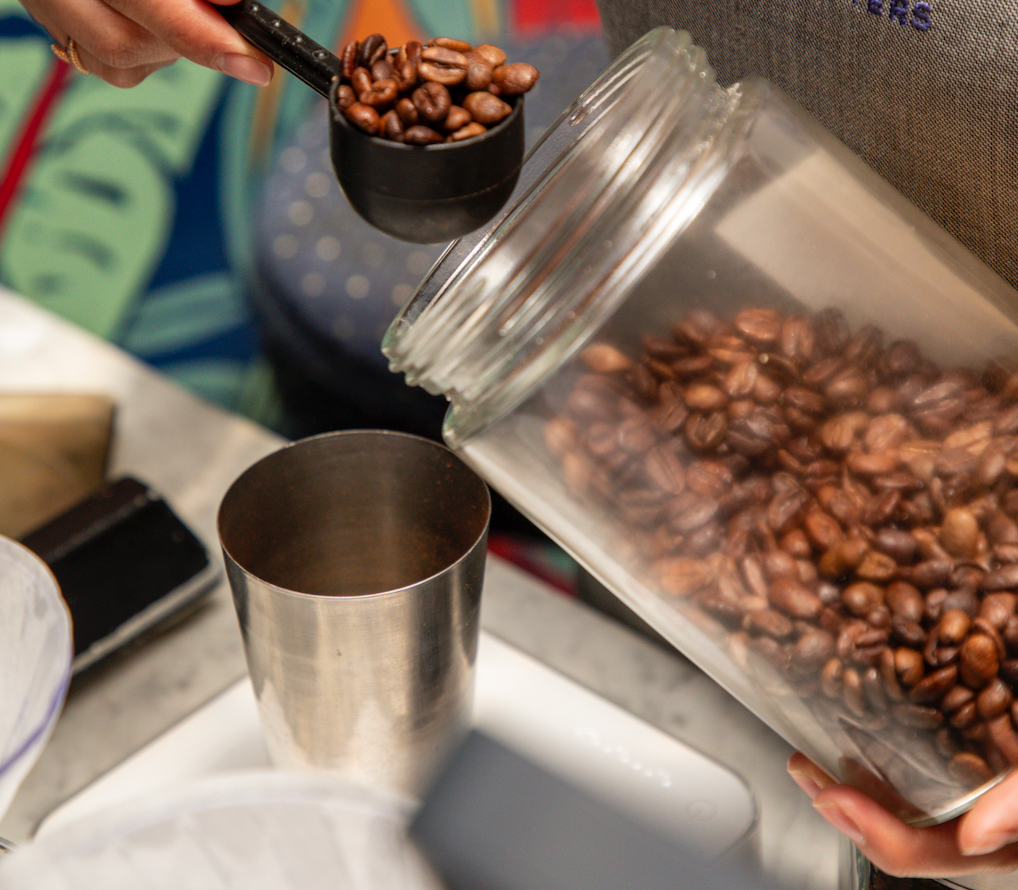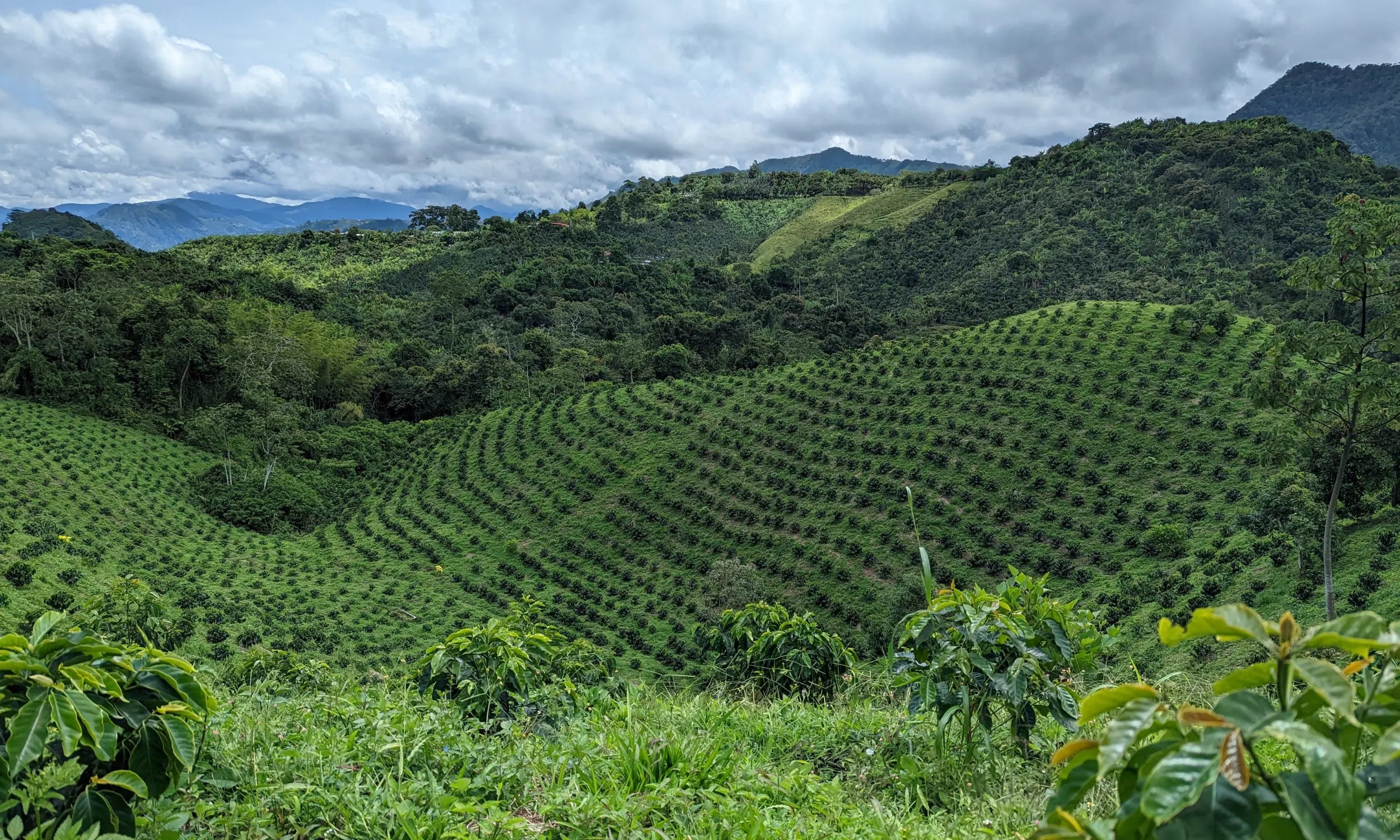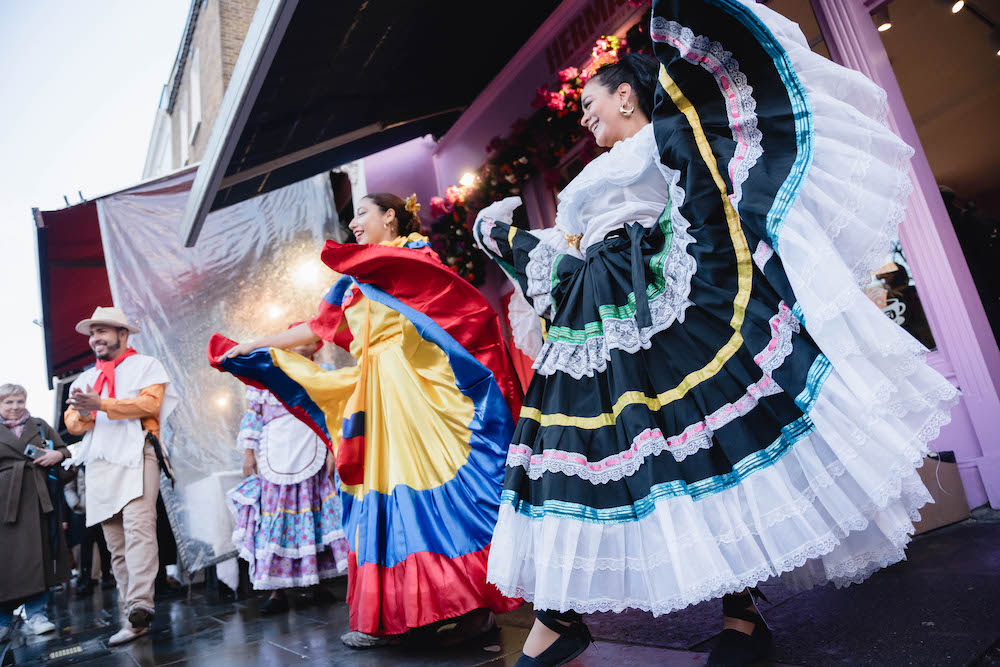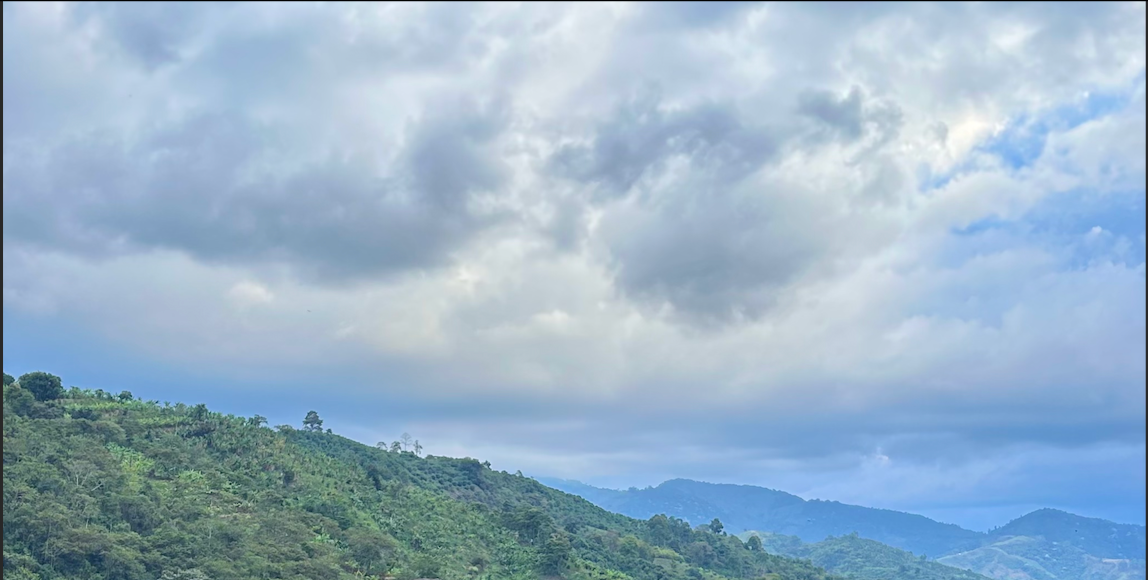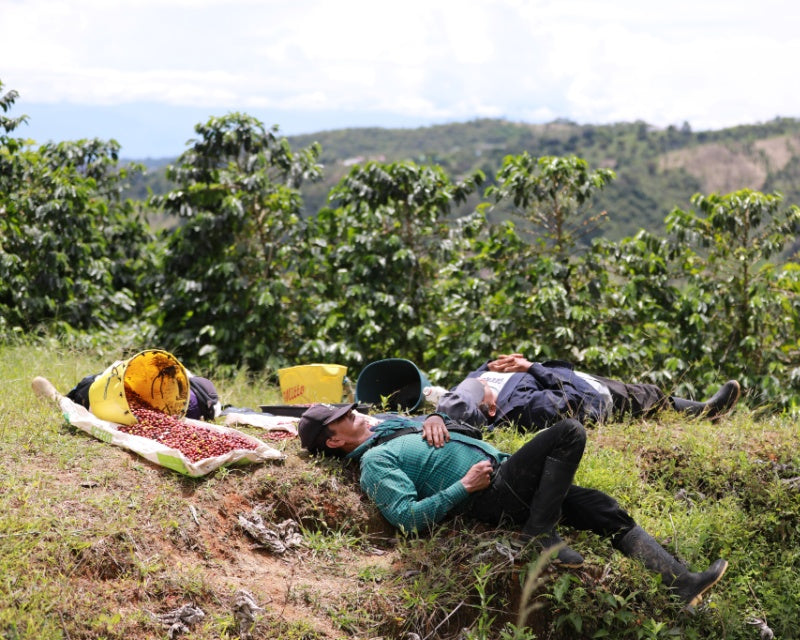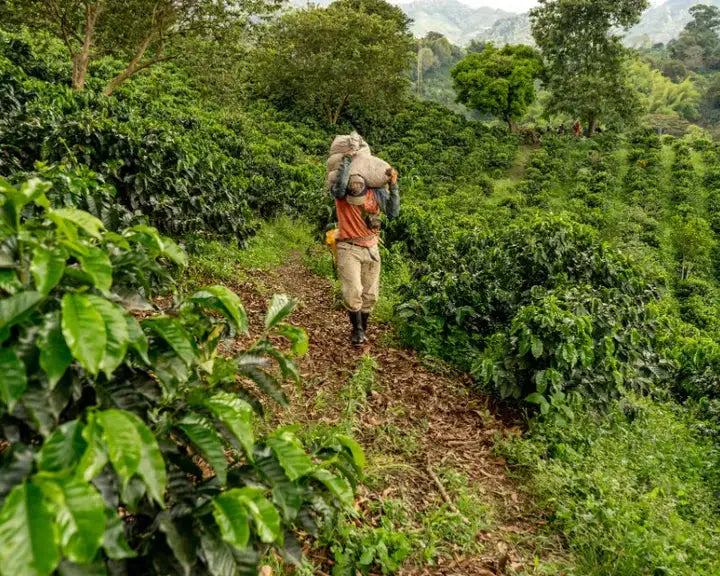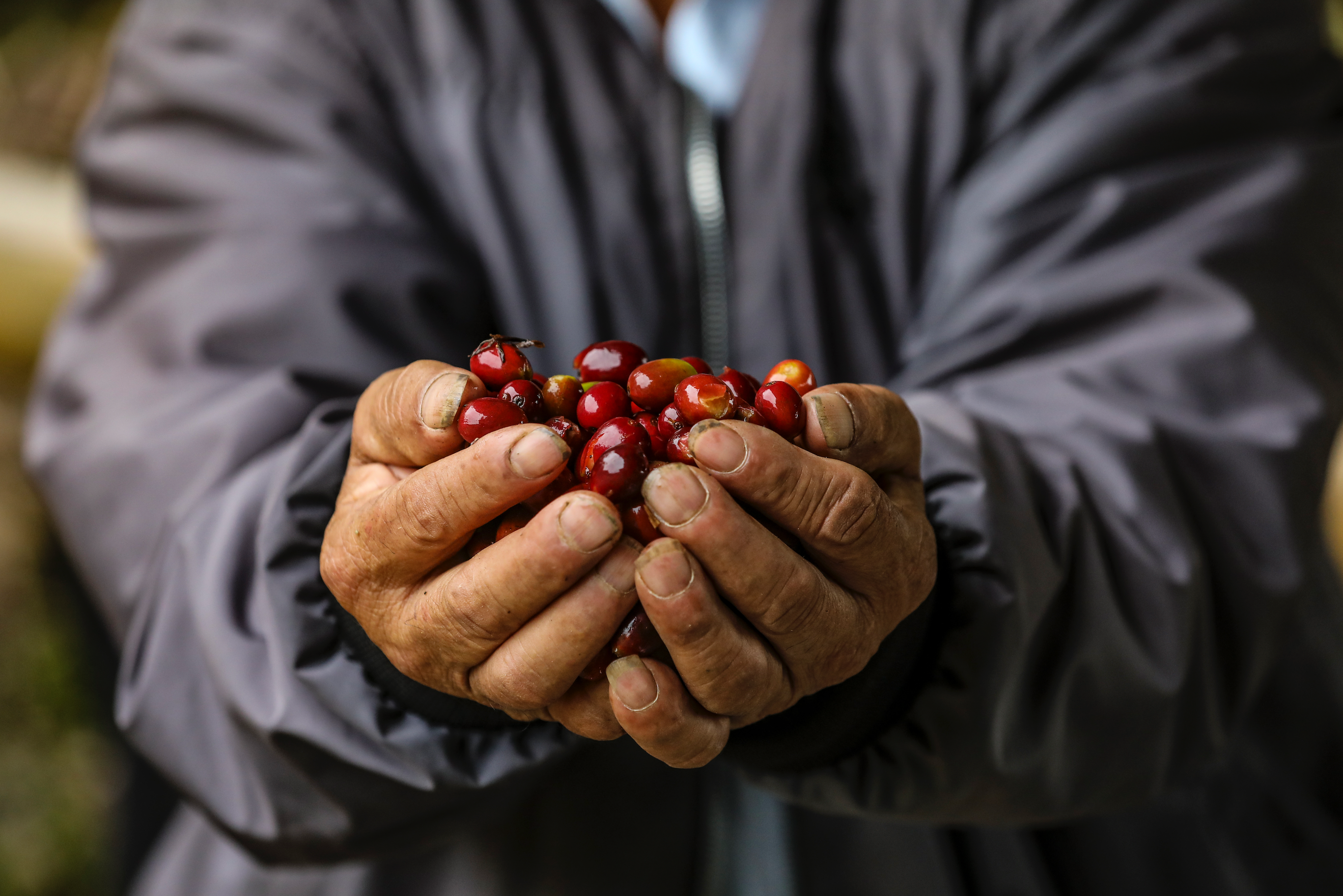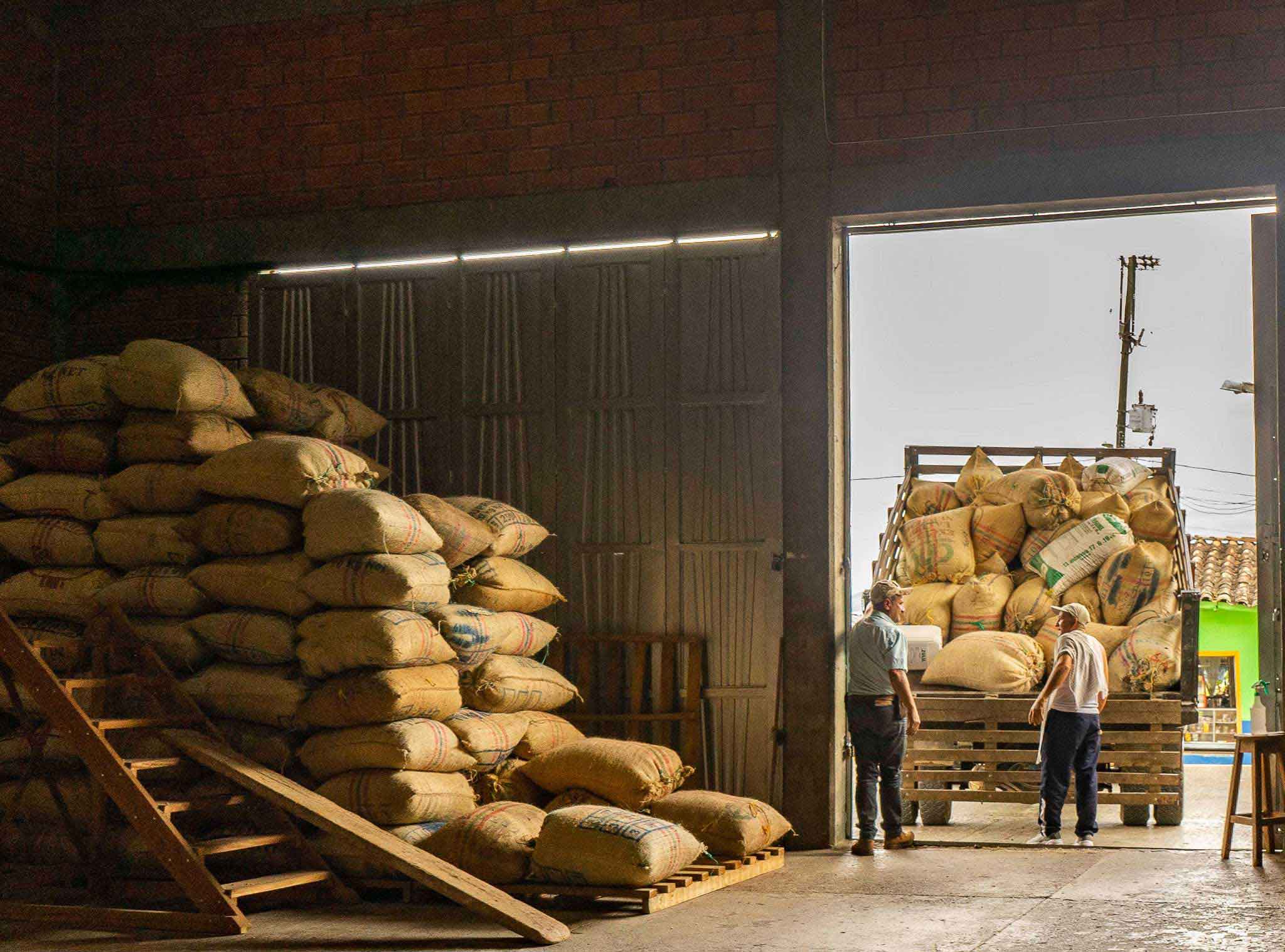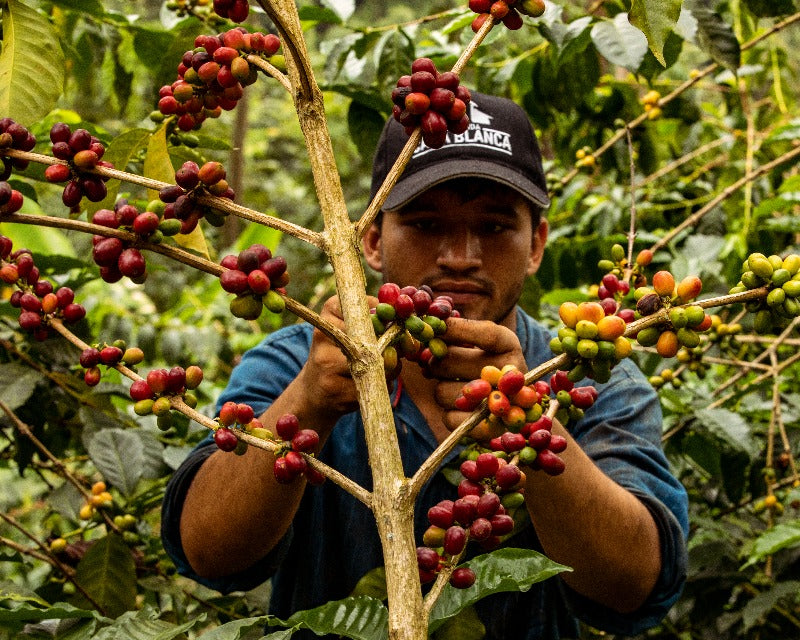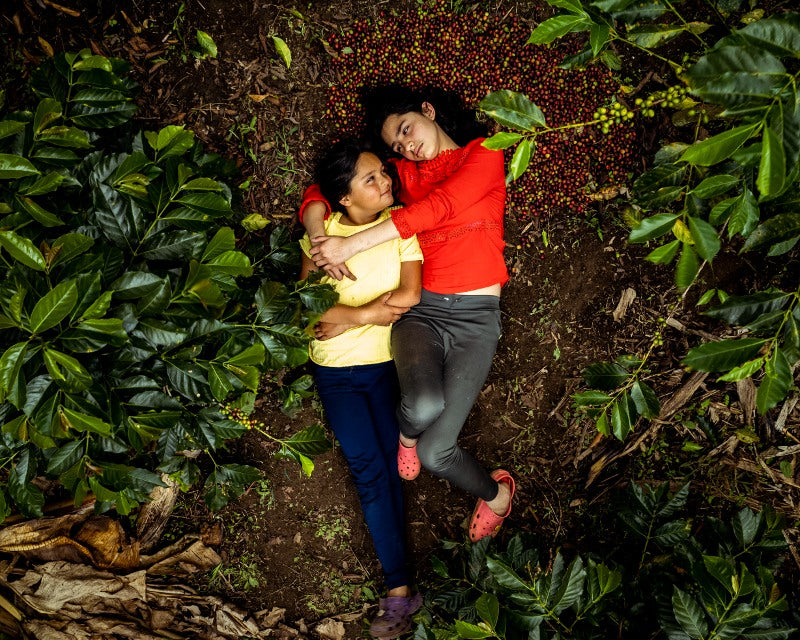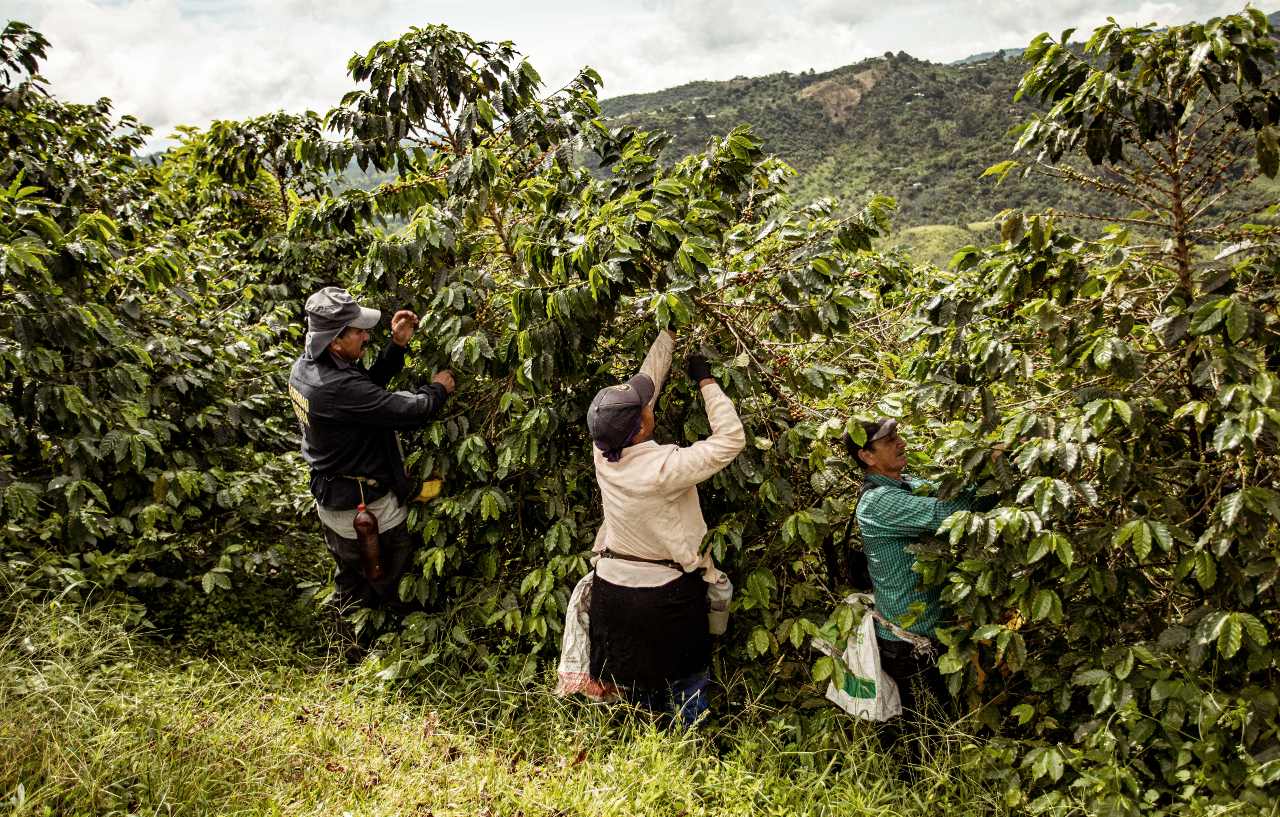Rising temperatures, unpredictable weather conditions, crop-killing diseases and other consequences of climate change all pose a very real threat to coffee growers.
Many hope international efforts to reduce global warming will lessen the damage already being inflicted on some of the world's most vulnerable, but is there anything producers on the ground can do to stop climate change from killing their crops?
A Move to Higher Elevations

High altitude regions are more likely to offer the right conditions for coffee growing, contributing to beans that are healthy as well as complex and tasty.
There are some exceptions, but specialty Arabica coffee is generally produced above 1,000 masl and up to 2,300 masl, in places like Nariño, Colombia. However, as average temperatures increase, the minimum altitude for specialty coffee production will naturally increase too.
One way for producers to adapt to these warmer temperatures is to migrate their crops to higher elevations where it’s cooler. But what if there’s no higher ground to move to? Or if this land is owned by others?
Colombia, Ethiopia, Indonesia, Mexico and Guatemala have extensive areas of land at high elevation, but in Brazil (the world's biggest coffee producer), only a marginal proportion of land exists that could potentially support the growth of Arabica coffee at higher altitudes.
One way to adapt to warmer temperatures is to migrate crops to higher elevations, where it’s cooler.
The task of replanting crops somewhere different is also arduous. As well as coffee trees taking several years to become fully productive, producers must check that soil quality and other climate conditions are optimal before investments are made into building new infrastructure and facilities.
As farmers seek new land, controls must also be put in place to avoid deforestation and damage to local ecosystems, which would only further fuel climate change. And existing communities who live on or near this land must be carefully considered.
Learn How Colombia’s High Altitudes Affect Coffee Flavour
Agroforestry

By utilising agroforestry systems, coffee farmers can partially shield their product against climate change.
Agroforestry methods employ shade trees that can be intercropped with coffee plants, creating a microclimate that is more suitable for production despite warmer average temperatures.
These microclimates are able to do other incredible things like increase carbon storage, biodiversity, soil moisture, water availability, nutrient cycling, and generally lower air temperatures.
All of this is great for coffee plants, but as Arabica varieties have been adapted to require intense sunlight, adaptation is still needed to ensure crops are high-quality and profitable.
Experts also stress that diversity in itself is a vital part in ensuring the future of the sector. If entire nations become too reliant on small or individual varieties of coffee plants, certain diseases can have a more devastating impact.
Integrated systems also offer huge socioeconomic benefits in cases where other crops can be grown and sold to diversify income and protect against potentially poor harvest seasons for coffee.
Many of the best shade trees are native to the region and advice about propagation and management tips is now widely available. For instance, World Coffee Research, has a comprehensive online catalogue outlining the best species to use on Indonesian coffee farmers.
By utilising agroforestry systems, coffee farmers can partially shield their product against climate change.
New and More Resilient Coffee Varieties

Coffee production is no longer only about productivity and cup quality, but also heat resistance, pest tolerance and disease protection.
Farmers around the world have long relied on coffee varieties that have been cultivated to harness the power of intensive sun levels that boost productivity. Now, many are shifting to plants that thrive in shaded environments that provide important cover and other benefits to crops.
Research centres funded by groups like the National Federation of Coffee Growers (FNC) have long been working on coffee varieties that combine Arabica’s flavour with properties that make Robusta resistant to temperature variance and diseases like coffee rust, as well as producing plants that are more productive in shaded areas.
Organisations like World Coffee Research (a consortium supported by dozens of major coffee retailers, distributors and exporters) and even coffee giants like Starbucks and Nestlé have already started global breeding networks aimed to share modern breeding techniques and new varieties with coffee-producing communities.
Producers of Robusta will benefit from the inherent resilience of the species, but if heat waves become more severe and frequent, even this naturally hardy variety may not be able to successfully produce.
Ultimately there is a need for high-quality varieties of both species that are better adapted to the unavoidable effects of climate change.
Localised Strategies

Around 25 million smallholder coffee producers around the world stand to suffer if the coffee sector is no longer able to provide them and their families a stable source of income.
However, the impact on individual farms will vary depending on several factors. Everything from a region’s micro climate and the variety of plant used to the quality of the soil and local weather patterns influence how coffee grows.
The disturbance of these conditions, as well as the ability of farmers to harvest and process coffee well, can be affected differently depending on the part of the world, country, or even plot of land on a single farm where a crop is located.
This calls for localised strategies that help individual farmers and communities adapt to specific climate change consequences. Some areas will require support adapting their farms to mitigate the effect of warmer temperatures and adverse weather, while others will lose suitability altogether and require assistance for crop relocation.
In many cases, coffee production will become completely infeasible and producers will need to start diversifying into other products.
Coordination with Buyers and Roasters in Consumer Markets

The world relies on small scale coffee farmers for a huge proportion of the coffee it consumes. And most coffee producing families who run these farms are financially unable to adapt, even if they have the motivation to.
Measures such as planting new species, introducing shade trees, or even moving to higher altitudes all require resources many don’t have.
One solution to this is fostering greater support and investment from coffee buyers and roasters from abroad. Help can come in the form of hard cash to invest in adaptive methods, or simply knowledge and experience.
The obvious incentive for buyers is the chance to build more secure supply chains that are needed for their businesses to operate.
Ultimately, both big and small coffee companies stand to suffer as production drops and investing into specific producing communities has already proven successful in increasing local productivity and building protections against climate change.
Being able to find and access available support and resources will play a large role in how individual producers can adapt.
Learn More About the Coffee Supply Chain
What Can Consumers Do?
The future for many coffee producers might seem bleak, but consumers can still play an important role in helping them adapt.
Switching to roasters and brands you know are genuinely enforcing origin traceability and direct or relationship-based sourcing will make it more likely that your money reaches the producers who need it to adapt now more than ever.
















